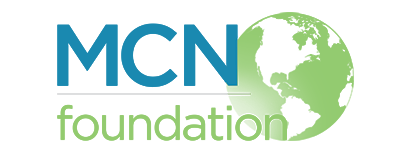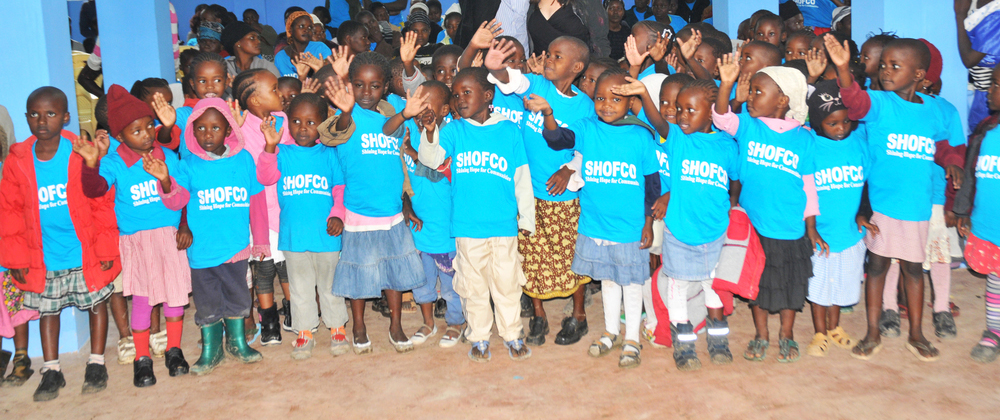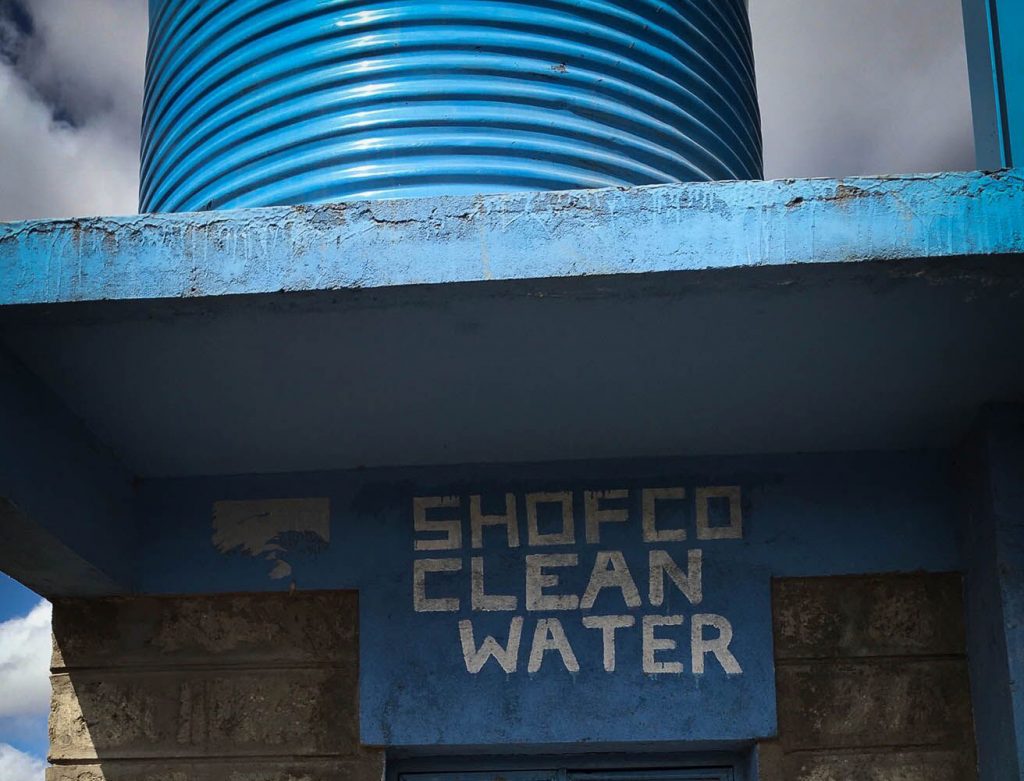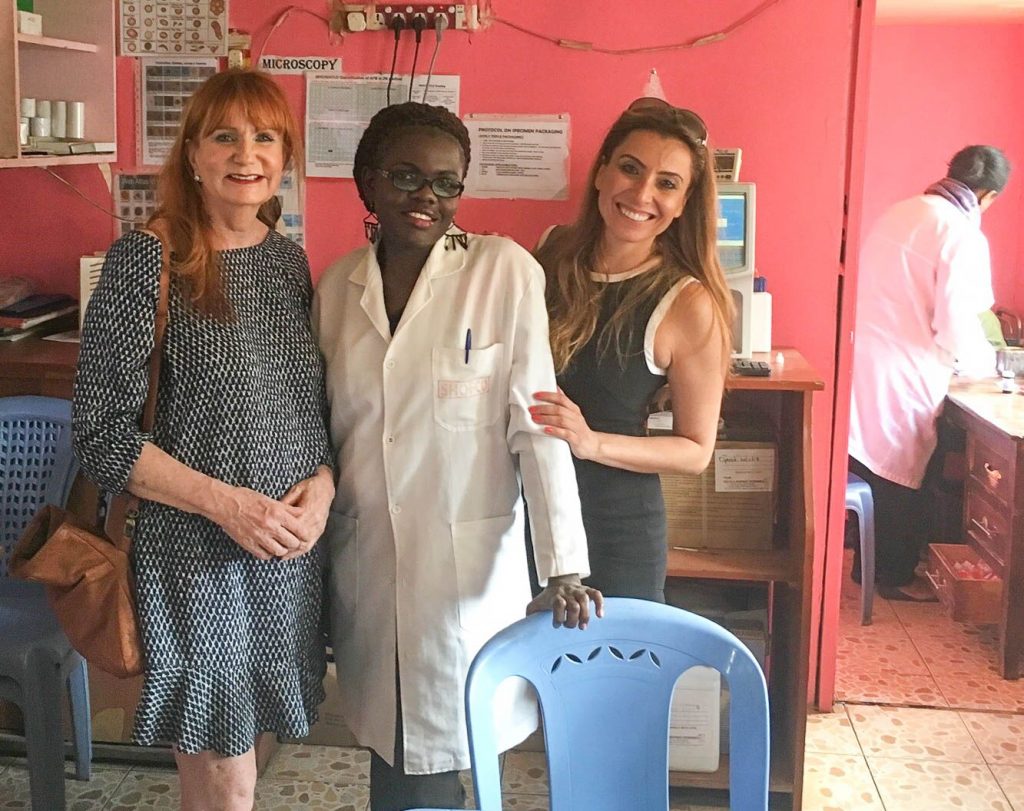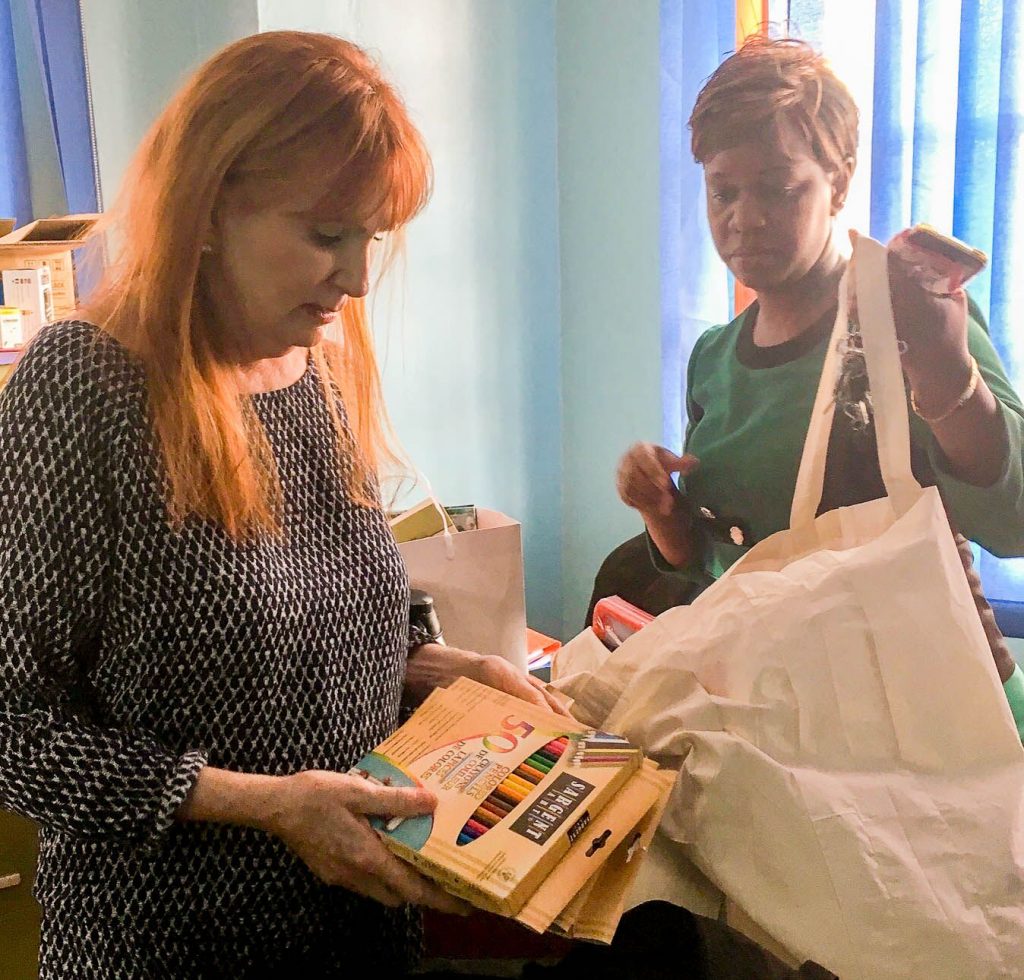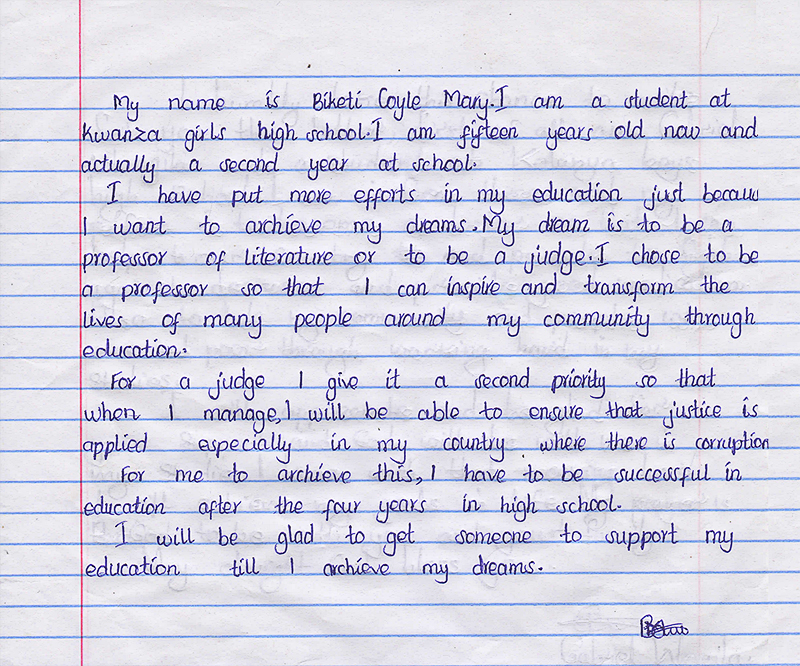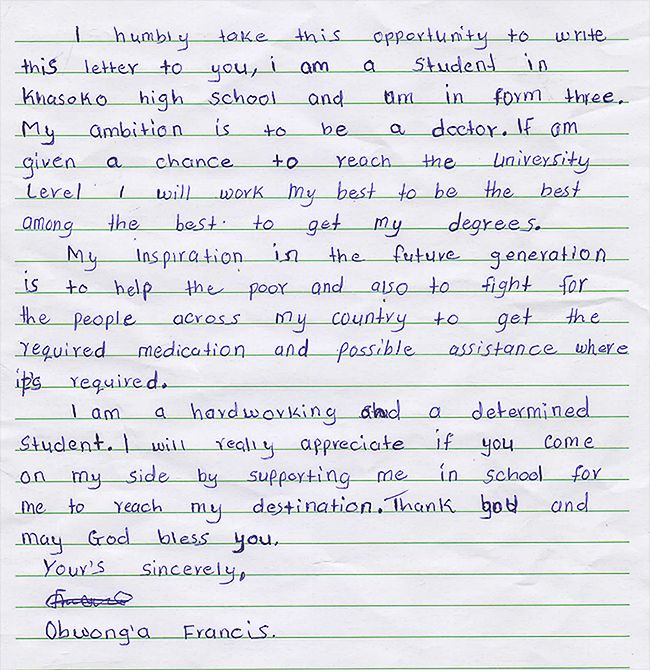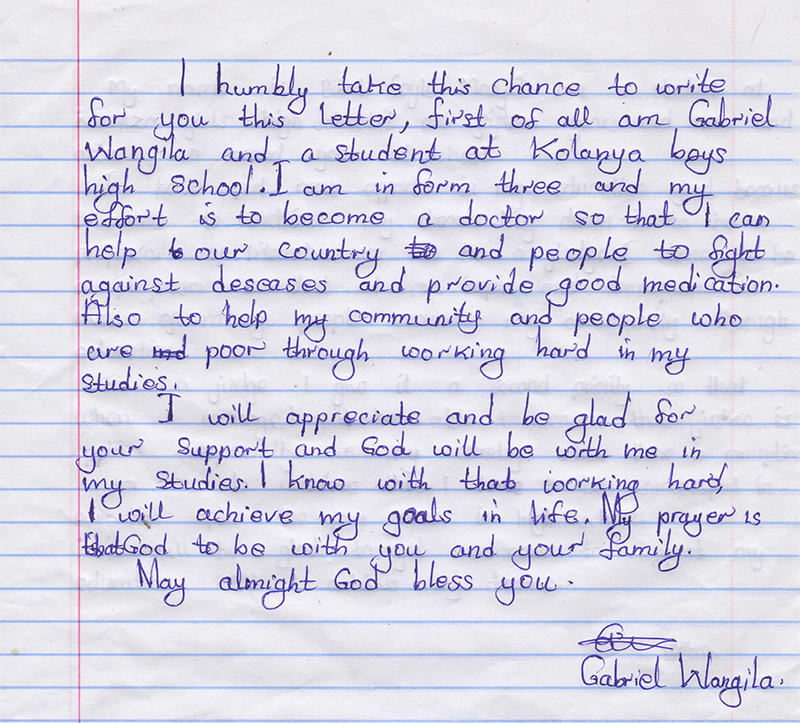The extremes of Africa never cease to shock us. Extreme beauty and desolate poverty at the same time. The most exclusive residential area in Nairobi directly neighboring c. one million people living in such humble conditions. Conditions that had our local driver, Josephine, aghast as she was previously unaware of their existence. And yet, through the market streets music plays out loudly and kids run around seemingly carefree and untroubled.
We parked the car at the Kibera town center and walked through the streets of the slum area to eventually reach the Shining Hope for Communities (Shofco) location. We got greeted by a group of smiling children, who ran to hug and welcome us.
Dennis, gave us a full tour of the compound explaining the work that they do. Wow! We were truly impressed with the holistic approach to community improvement that Shofco takes: from providing education, to running clinics; from addressing head on issues such as sexual and domestic violence, to improving community relations and combatting tribalism and political turmoil; from teaching working and business skills, to offering clean water. They leave no stone unturned and they deal with the issues in a thorough and thoughtful way. They take the approach of teaching the slum population how to fish rather than just giving them food.
